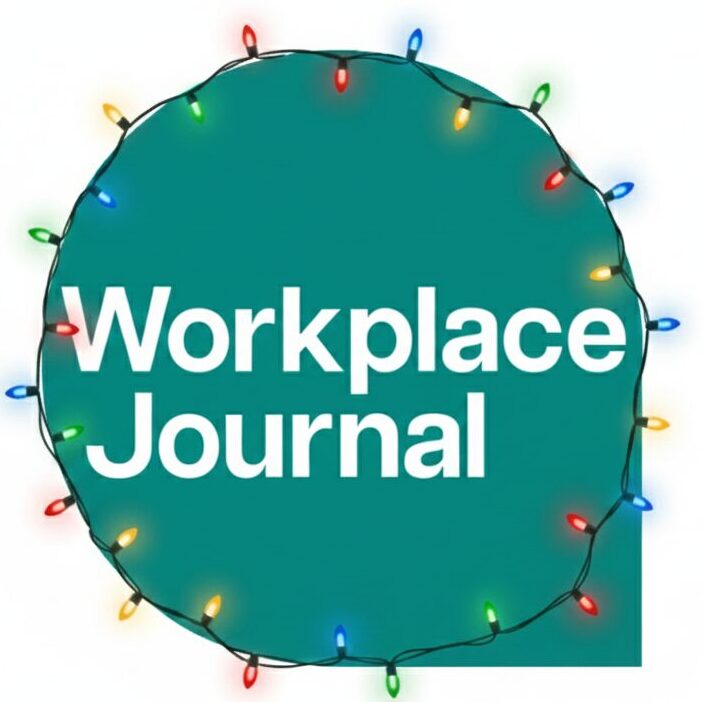Pension wealth among women is significantly lower than for men, due to career breaks for childcare and part-time work, leading to long-term financial insecurity in retirement, according to Broadstone.
The Wealth & Assets Survey found that a smaller proportion of women contribute to their occupational defined contribution (DC) pensions, resulting in significantly smaller median pension pots.
The findings focus on workplace pensions provided by employers and do not include private, personal, or defined benefit (DB) pensions, but highlighted structural issues contributing to pension inequality in the workplace.
Broadstone’s research showed that 23% of men aged 16 and above actively contribute to their occupational DC pension, with a median pot size of £10,000.
In contrast, only 19% of women contribute, with a median pot size of £5,000.
The gap was particularly pronounced for workers mid-career, where only 25% of women aged 35 to 44 contributed compared to 33% of men, leaving them with a median pension of £6,700 compared to £12,000 for men.
Among those aged 45 to 54, 25% of women contributed to their occupational DC pensions compared to 32% of men, with median pension wealth at £7,400 for women and £15,000 for men.
As the pension gap widens over time, by age 55 to 64, men and women contribute at similar rates, with 21% of men and 18% of women making active contributions, but men were found to have nearly three-times the pension wealth, with a median pot of £24,000 compared to £6,800 for women.
Research from the Pensions Policy Institute (PPI) found that women’s working patterns, including taking time off or working part-time in lower-paid roles, reduce their pension contributions and limit career progression to higher-paying positions.
The PPI estimated that these career patterns alone cut women’s pension wealth by 47%, with the biggest impact occurring in their 30s, when many step back from work to care for children or family.
Rachel Coles, workplace engagement consultant at Broadstone, said: “Our analysis highlights a stark gender difference in participation to active occupational DC pensions between men and women, driving a widening gap in total savings.
“The findings reflect a well-documented trend of women, on average, entering retirement with less wealth with factors such as childbirth and menopause forcing many out of the labour market or into part-time work and inhibiting future career progression.
“Employers can play an important role by offering greater flexibility around pension contributions during career breaks, for example, while policymakers should explore solutions such as enhanced parental leave policies and better support for returners to the workforce.
“It’s also vital that women have access to tailored financial advice and planning tools to navigate career gaps and understand the importance of early saving in improving retirement outcomes.
“Employers can support this by offering financial education that helps female employees plan for any career breaks and take proactive steps to close any savings gaps.”

















